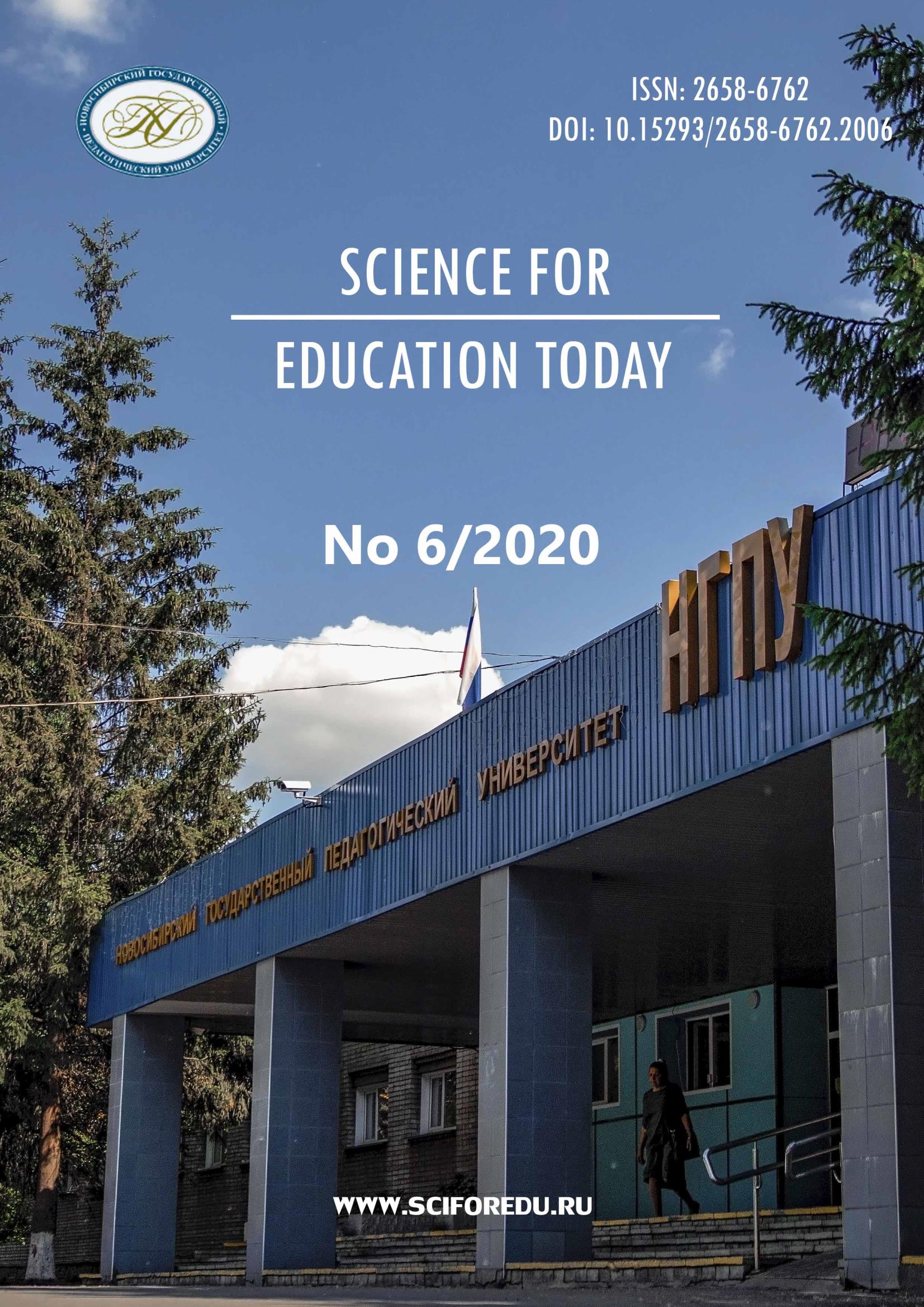Определение возможностей инструментов математического моделирования для системы оценки профессиональных дефицитов учителей
The capabilities of mathematical modeling tools for the system of assessing teacher shortages
Author(s): Larisa Aleksandrovna Novopashina, Evgenya Gerbovna Grigorieva, Julia Alexandrovna Cherkasova, Darya Vladimirovna KuzinaSubject(s): School education, Higher Education , Sociology of Education
Published by: Новосибирский государственный педагогический университет
Keywords: Assessment systems; Assessment tools; Mathematical modeling; Teachers shortages; Students' intentions;
Summary/Abstract: Introduction. The article provides an overview and examines the problem of reliability and validity of models and tools for assessing teacher shortages. The purpose of the article is to determine the capabilities of mathematical modeling tools for the system of assessing teacher shortages. Materials and Methods. The research is based on measuring students’ intentions to enter the teaching profession using mathematical modeling tools. The main methodological principle of the research is a systematic approach. Based on the data obtained from a survey of 1,797 undergraduate and postgraduate students at Krasnoyarsk State Pedagogical University named after V. P. Astafiev, the method of multiple regression analysis is used. Results. The main results are that the authors investigated the capabilities of using mathematical modeling tools to assess teacher shortages (multiple regression analysis). It was found that the decision of teacher education students to enter the teaching profession does not depend on their socio-demographic characteristics (gender, year of study, place of residence, field of study, etc.) and is directly related to the characteristics of students’ attitudes to the University, their chosen profession, and professional development. There is a direct dependence of plans to start a teaching career on the self-assessment of their choice of the university. The probability of choosing a teaching career is determined by the ideas of professional development and is directly related to ‘improving skills in the subject area’; ‘mastering meta-competencies: analyzing and reflecting on their activities, evaluating and presenting results, etc.’, ‘mastering new techniques’, ‘transferring knowledge and skills to others, sharing experience’. The authors identified the capacity of using multiple regression analysis for assessing teacher shortages. The authors found that in solving this type of problems, it is reasonable to use empirical mathematical models, which include multiple regression analysis. Conclusions. The article concludes that the mathematical model of multiple regression analysis is a tool for comprehensive assessment. The authors note that multiple regression analysis, as a method of mathematical modeling, allows evaluating the activity in the unity of all characteristics and can be used in the assessment of teacher shortages. The data obtained serve as basic indicators and are used to establish links and relationships between choosing a teacher education degree programme and the intention to pursue a teaching career.
Journal: Science for Education Today
- Issue Year: 10/2020
- Issue No: 6
- Page Range: 220-236
- Page Count: 17
- Language: Russian

